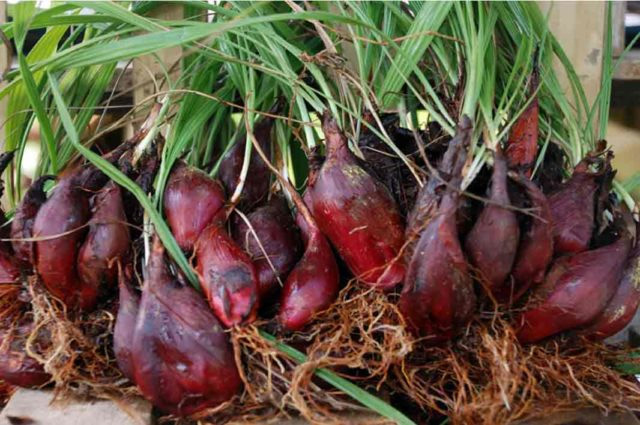
The onset of menopause is a life-changing moment for women. Their bodies undergo drastic changes in response to the sharp reduction in hormone levels. Symptoms include dryness, hot flashes, and moodiness. Estrogen is the female sex hormone. It is mostly secreted by the ovaries, a function that is activated by follicle-stimulating hormones. Menopause ceases the production of the follicle-stimulating hormones, which leads to reduced levels of estrogen. Menopausal symptoms can be improved by artificially raising the amount of estrogen or related hormones in the body. However, these replacement therapies can cause health issues of their own over long periods of time.
Selective estrogen receptor modulators (SERMs) offer a safer alternative to hormone replacement therapies. As their full name implies, SERMs can bind with estrogen receptors. They can trigger or suppress the normal functions of the latter. SERMs are designed to activate certain beneficial actions of estrogen while blocking other, negative actions. The ideal SERM can treat menopausal symptoms, protect women from heart disease and osteoporosis, and prevent the risk of breast cancer and endometrial cancer. (Related: Herbal treatments help balance hormone fluctuations and mood swings in women.)
Testing an extract from Dayak onions as a possible SERM treatment
A team from Universitas Indonesia (UI) investigated Dayak onions as a potential source of natural SERMs. The indigenous Indonesian bulb plant has been used as a herbal medicine for diseases such as breast cancer.
The Dayak onion contains eleutherinol compounds that can bind to estrogen receptors in the same way that a SERM does. The researchers tested the effect of its extract on the uterine wall and the production of lipids.
Researchers collected Dayak onion bulbs for processing. They used a methanol solvent to create the plant extract. Next, they created a rat model for human menopause. Female rats underwent ovariectomy to simulate menopause. They also set up a control group made of normal rats that were subjected to sham ovariectomies. After 21 days, the ovariectomized rats were divided into five treatment groups. The rats of the ovariectomy group did not receive any treatments.
The tamoxifen group received a widely-used SERM. The last three groups received doses of 8, 12, and 18 milligrams per 200 grams body weight (mg/g BW) of the Dahak onion extract.
The treatment period lasted for three weeks. The researchers collected blood and uterus samples from the animals. They analyzed the blood for lipid levels and the uterus for weight and thickness.
Eleutherinol in Dayak onions can lower lipid levels caused by estrogen deficiency
The tamoxifen and all three Dayak onion extract treatments were able to reduce lipid profiles in ovariectomized rats. Furthermore, the extracts outperformed the SERM drug; even the lowest dose did a better job of lowering lipid levels.
However, neither treatment was able to increase the thickness of the uterine wall and endometrium wall. They could not reverse the thinning caused by the ovariectomy.
The UI researchers identified eleutherinol in the Dayak onion extract as a naphthoquinone. They determined that the eleutherinol is the active ingredient that decreases the number of lipids in the rats.
Based on the results of their experiments, the researchers concluded that Dayak onion bulbs can improve the lipid profile of ovariectomized rats that simulate menopause. The eleutherinol could form the basis of a new SERM treatment for the symptoms of menopause.
To learn more about the Dayak onion and its benefits on women's health, visit NaturalHealth.news.
Sources include:
PHCogJ.com [PDF]
TheSciPub.com [PDF]
Please contact us for more information.

















